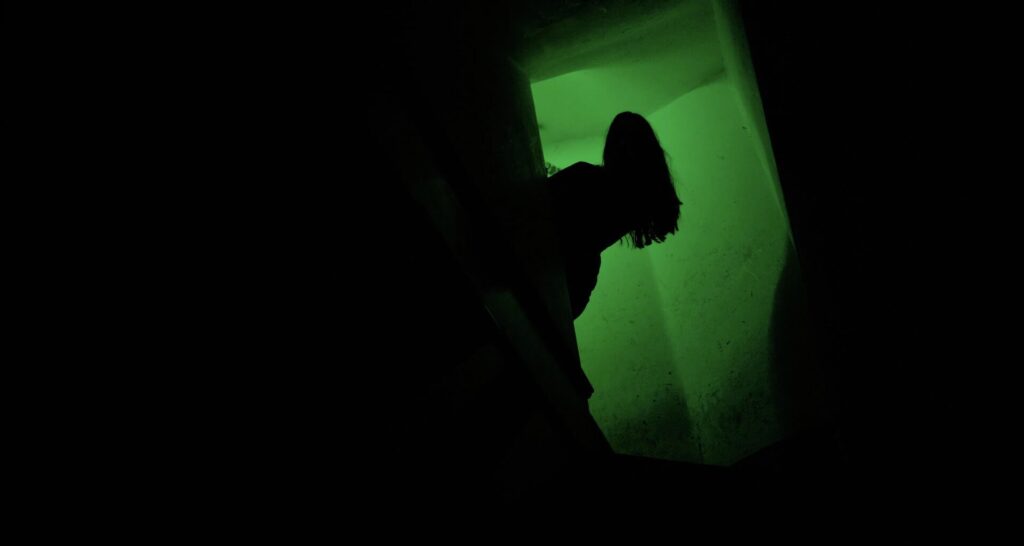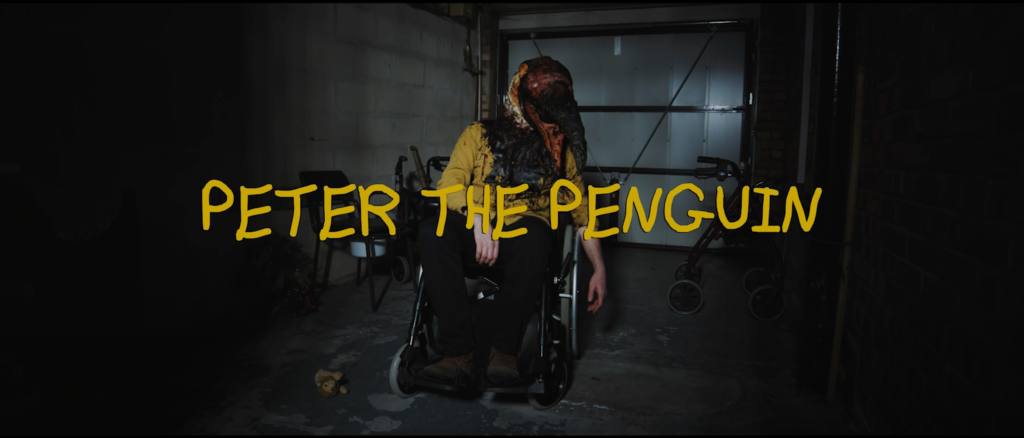How to Make an Incredible Indie Horror Short: Practical Tips from Filmmakers
Horror can seem like an intimidating genre to approach for filmmakers working independently on a low-budget – BUT you don’t need heaps of cash to create something that terrifies and delights. In fact, some of the most memorable horror shorts have been made on shoestring budgets. The secret? Creativity, resourcefulness and understanding what truly scares an audience.
At SP, our community is full of filmmakers here to help you who’ve mastered the art of low-budget horror and we’ve gathered a few practical tips to get you started. If you’re looking to get started in horror filmmaking, join our community for just £5.95 for 2 months until the 1st November 2024.
Why Horror is Perfect for Low-Budget Filmmaking
One of the reasons low-budget horror works so well is the genre’s flexibility. You can tap into it’s forgiving nature, audiences want tension, atmosphere and a spine-chilling story, rather than glossy effects. As SP’er Penelope Yeulet (Dir. Sandra Gets A New Fringe) “Audiences tend to be much more like forgiving or much more open to like surreal things or like riskier things, because they’re kind of just such a fan and the horror community is so different. It’s like a community of its own, separate from the film community.” Plus, you can experiment with blending different genres within horror, whether it’s comedy, sci-fi, or thriller. Horror gives you the chance to create something unique without being confined by high production costs.
Tip 1: Hide the Monster in the Shadows

Horror isn’t about showing the monster—it’s about creating fear through what isn’t shown. If you’re working with minimal special effects, lean into the power of suggestion. As Rebecca Culverhouse (Dir. Pu Ekaw Tnod) noted, “So in Don’t Wake Up when there’s a creature that appears, and when it appears, people in the audience at festivals have very strong reactions to it and it’s literally just the actress peering around the corner but she does it in a very uncanny way. It’s also the psychology of the shots and just how to weird people out and sometimes it’s just someone’s back or just someone smiling or staring in a strange way can be very, very effective.” Clever lighting, sound design, and pacing can do a lot of the heavy lifting when you don’t have the budget for elaborate effects.
Tip 2: Use Practical Effects on a Dime
Practical effects can be surprisingly affordable if you know how to get creative. Blood, for example, can be made with ingredients you already have at home – for Sandra Gets A New Fringe, Penelope used “corn syrup, red poster paint, and cocoa powder” as well as some ultra-cheap liquid latex. She’s even used it to create an entire torn off lip… Remember, the angle and lighting you choose can make a huge difference. If your budget doesn’t stretch to special effects artists, watch some tutorials and try it out yourself and focus on what you can make look real with careful framing and editing.
Tip 3: Lean on Your Community

Independent filmmaking is all about collaboration. As Andrew Rutter shared, “For Peter the Penguin, I just happen to have a friend you know he’s actually a mate of mine who makes little Jim Henson-esque models that he sells on Etsy, So I got him on board and you know he created this big mutated penguin head“. What that short would have been like without that… we don’t know! The point is, don’t be afraid to ask for help—whether it’s for props, costumes, or acting. Your network of creative friends might have hidden talents that can elevate your film in unexpected ways.
Join Shooting People for Just £5.95
To celebrate Halloween, until the 1st of November we’re offering two months of Shooting People membership for just £5.95 – perfect for filmmakers looking to dive into horror or any other genre. Join here and get access to our vibrant community of filmmakers, job postings, events, and exclusive opportunities to collaborate on exciting projects.
P.S. Looking for inspiration? Have a gander at some of the horror short films made by members of the SP community.
Eric (Dir. David Yorke) “Joshua finally gets to meet Eric, the beloved dog of a girl he’s been dating. As the evening evolves, Josh begins to get a sneaking suspicion that Eric isn’t your typical house pet.“
Insecticide (Dir. Bryan M Ferguson) was made in 72 hours by just 2 people during lockdown.
Unreel (Dir. Christopher Ian Smith) “A short disturbing horror film about the death of cinema. A young projectionist discovers that the horrors she watches on screen…. might just have invaded reality.“
Acorde / Don’t Wake Up (Dir. Tiago Teixeira) “In this one-minute horror short, a boy gets ready for a good night of sleep, but something terrible lurks under the bed.“
(Please note – some of these films have only been made available to SP members by the directors.)
